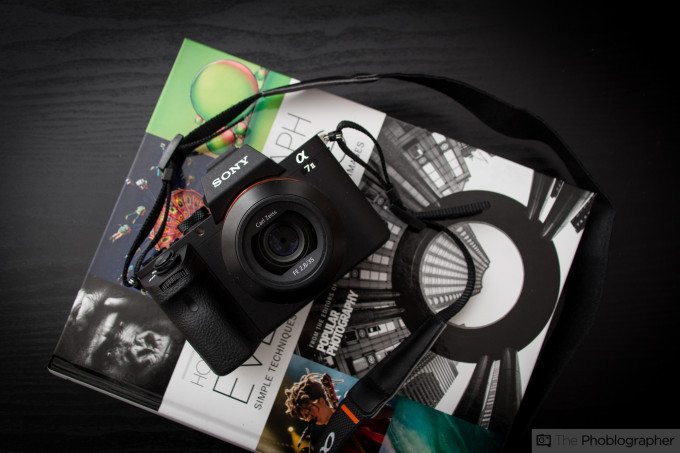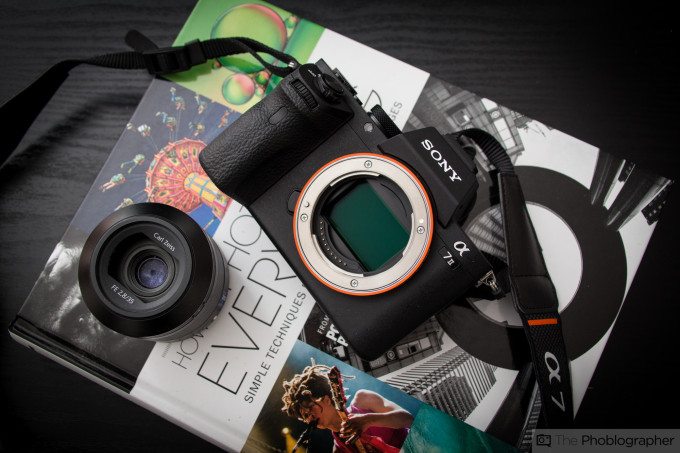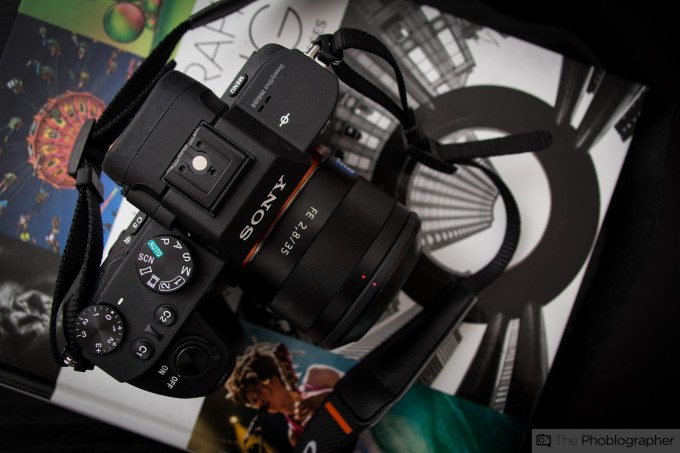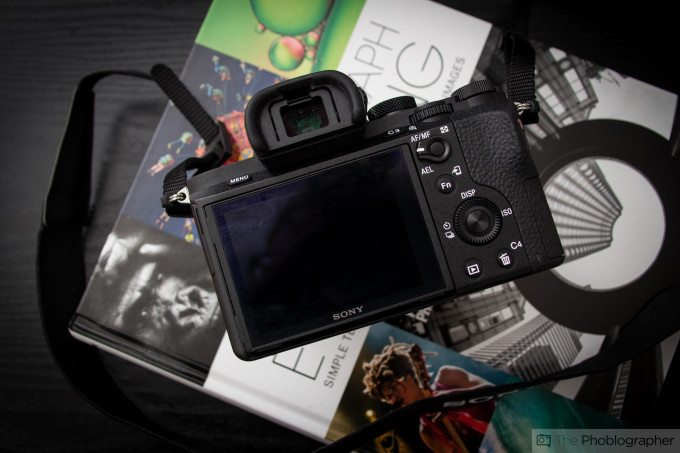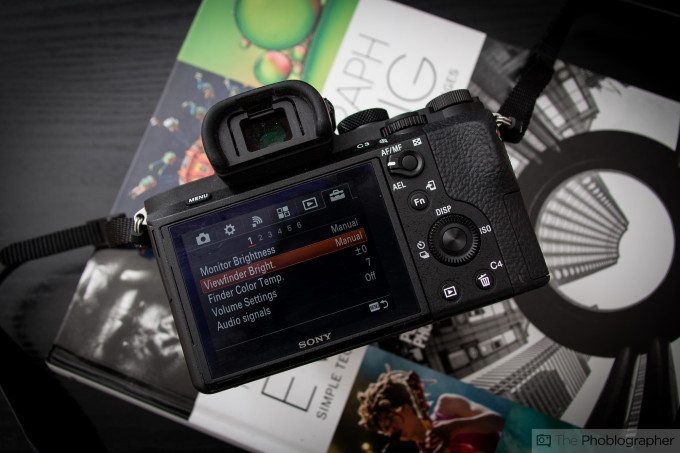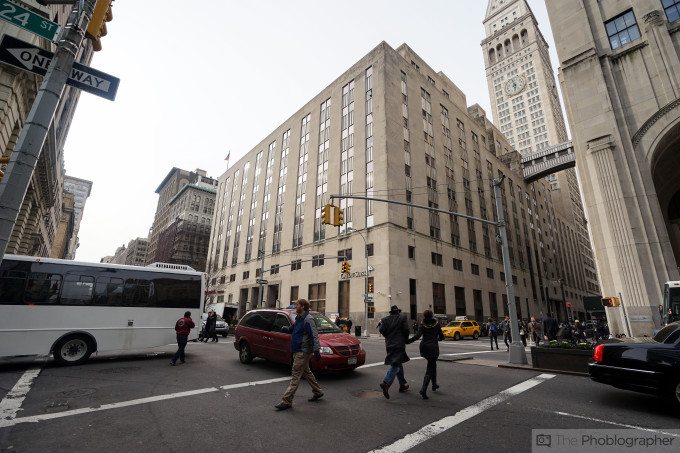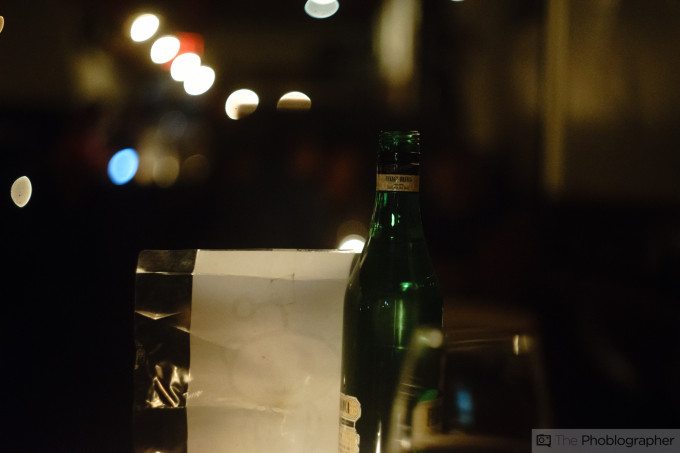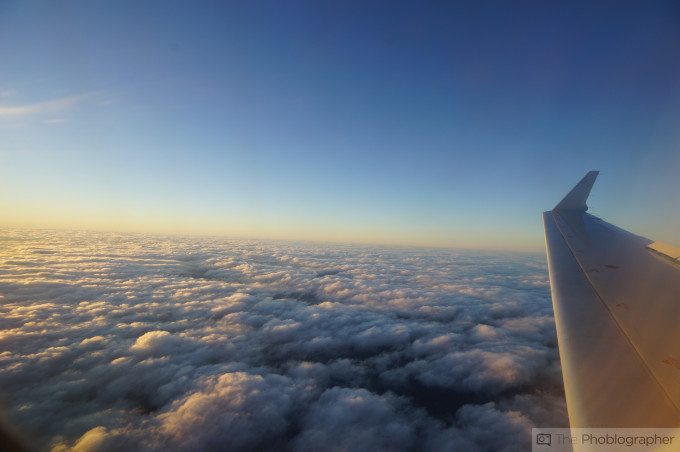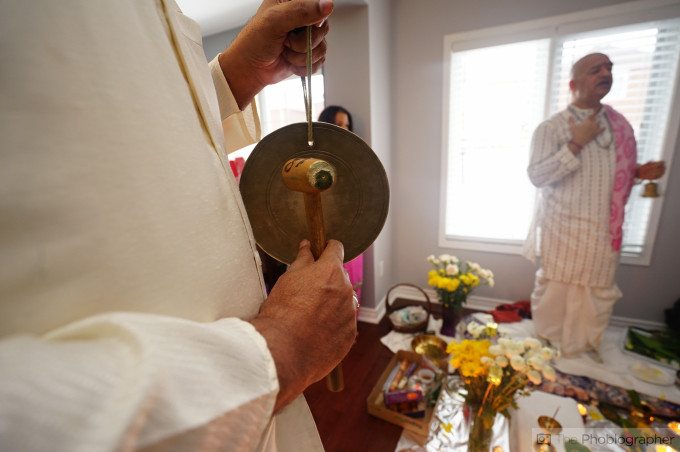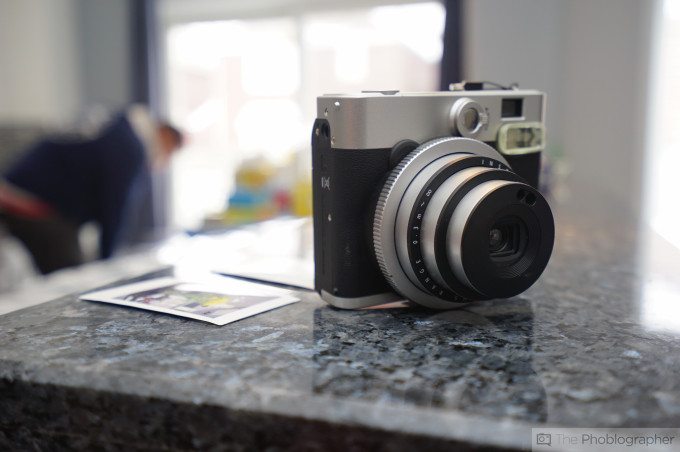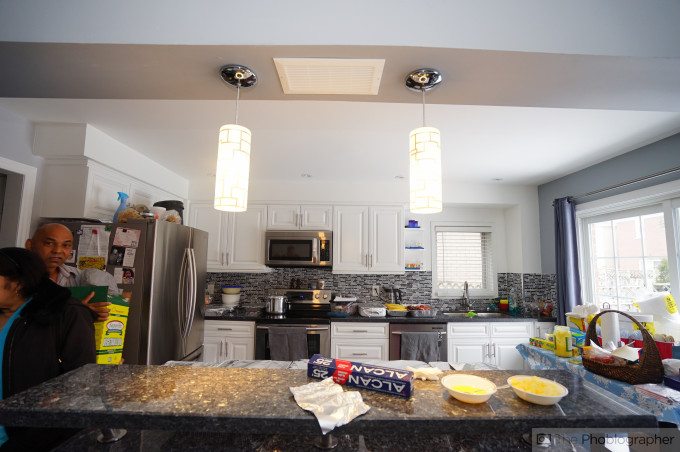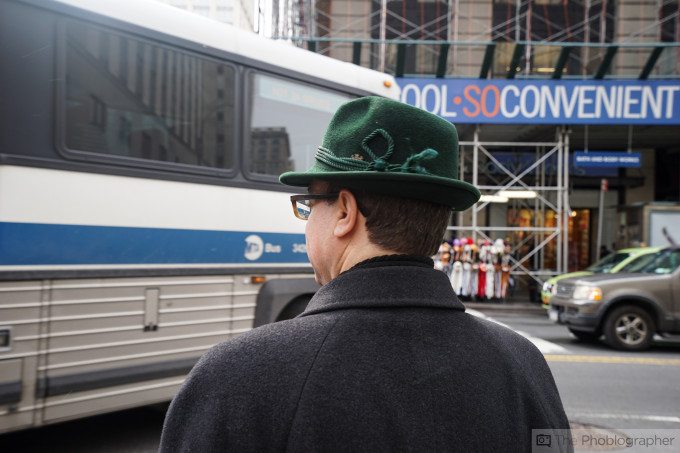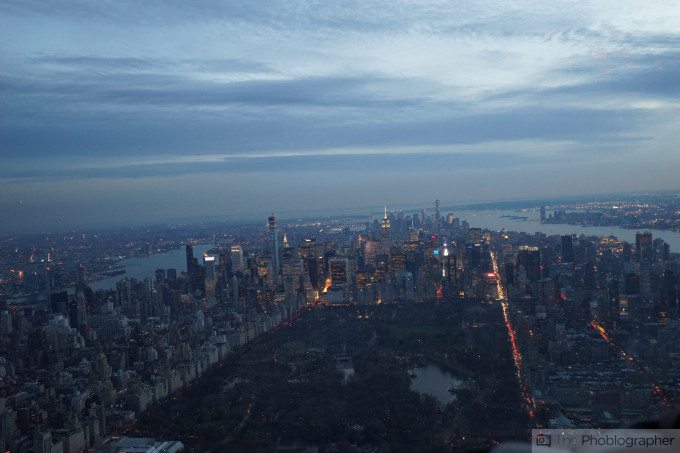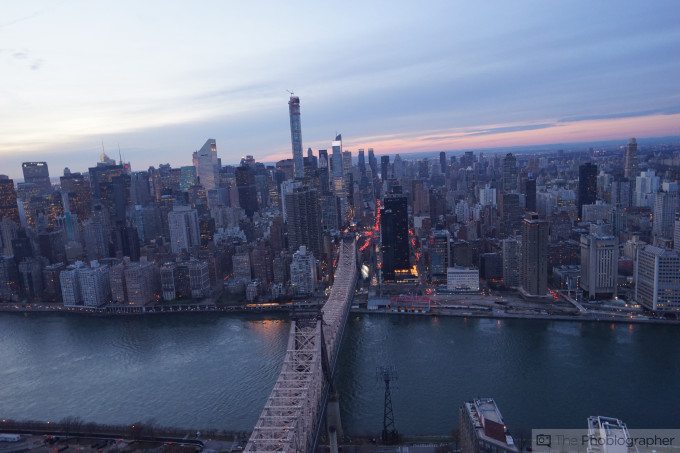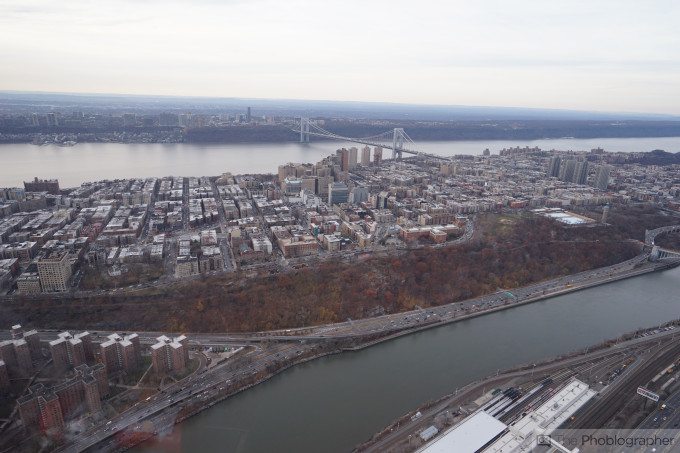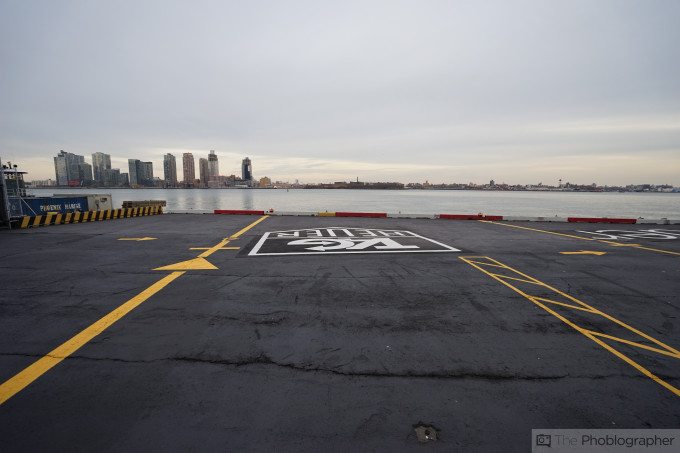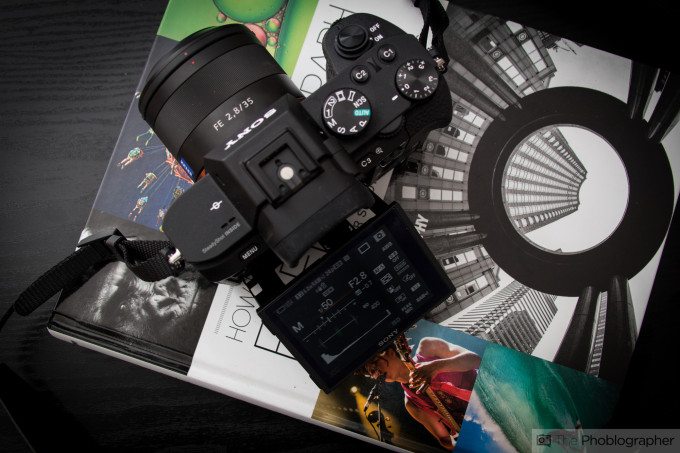Last Updated on 02/03/2020 by Brett Day
Introduced late last year, Sony refreshed one of their initial entries into the full frame mirrorless camera game with the A7 Mk II. The Sony A7, to be honest, is such new technology still that it didn’t need a refresh. But Sony is one of the big innovators of our time in the camera world, so when it came to the A7 Mk II they gave it a couple of slight but well executed updates.
The biggest update to come to the A7 Mk II is the addition of image stabilization to the sensor. It works via a 5-axis system that is very similar to Olympus’s solution. In fact, we couldn’t really tell the difference when we talked to both companies except that Sony’s solution works for full frame sensors.
Besides the 4.5 stops of additional image stabilization, Sony claims that the A7 Mk II has a 35% increase in autofocus responsiveness performance, 40% faster start up time and the XAVC-S video codec.
But is the A7 Mk II worth it for you?
Editor’s Note: As of February 20th, we’ve updated the Image Quality test
Pros and Cons
Pros
- Image stabilization is pretty effective
-
Improved grip, though there wasn’t much of a problem with the first
-
Improved battery life performance with the same batteries that every other Sony mirrorless camera uses
-
Better autofocusing than we’ve seen in previous versions in that it acquires a subject faster than before
Cons
-
Slow startup time
-
Not a whole host of differences from the A7
Gear Used
We tested the A7 Mk II with the 16-35mm f4, 35mm f2.8, PocketWizard Plus III transceivers and the Adorama Flashpoint Streaklight 180 WS.
Tech Specs
Specs taken from the B&H Photo listing of the camera
- 24.3MP Full-Frame Exmor CMOS Sensor
- BIONZ X Image Processor
- 5-Axis SteadyShot INSIDE Stabilization
- Enhanced Fast Hybrid AF and 5 fps Burst
- Full HD XAVC S Video and S-Log2 Gamma
- 3.0″ 1,228.8k-Dot Tilting LCD Monitor
- XGA 2.36M-Dot OLED Electronic Viewfinder
- Weather-Resistant Magnesium Alloy Body
- Refined Grip & Robust Lens Mount
- Built-In Wi-Fi Connectivity with NFC
Ergonomics
The Sony A7 Mk II overall doesn’t have a lot of major ergonomic differences from the original A7, but the ones that are there will count a lot for different groups of photographers. The front of the A7 is almost devoid of controls with the exception of the exposure control dial on the grip. Additionally, the grip on the A7 Mk II is much more DSLR like and beefier–which some tend to like and some couldn’t really be bothered with.
The top of the camera is where you start to see a couple of differences like the custom function buttons. Where the A7 had one, the Mk II has two up top. They’re joined by the mode dial, exposure compensation dial, and the hot shoe.
The back of the A7 Mk II has a few more controls than the A7 as well–with all of them being positioned on the right of the camera and the LCD screen taking over most of the area. This LCD screen can flip up and down for your specific uses. Here we also see the two control dials around the near bottom of the back and the top of the back.
Additionally, most users of this camera will be peering into the viewfinder quite a bit.
Build Quality
The Sony A7 Mk II seems to be built better than the A7, but indeed the same level of splash and dust resistance as the A7 is present. The camera overall feels very solid, and we took it out for a walk in the rain where it held its own like a pro.
Ease of Use
Veteran Sony users won’t have much of an issue with the company’s menu system, but the uninitiated will spend lots of time carefully going through menu after menu in the beginning until they learn to get to exactly where they need to be.
In fact, Sony’s cameras have been known to have very deep menus overall. Luckily, you won’t need to access lots of them to get the most from the camera. However, Sony also has a bunch of custom function buttons that let you access a bunch of different settings and parameters.
Sony’s implementation of WiFi connectivity is just as great as it’s ever been.
Autofocus
When Sony announced the A7 Mk II, they claimed a 35% increase in the autofocus performance–which is seriously quite a bit if you think about. They’re saying that it is over a third better!
In our tests, we found the Sony A7 Mk II it indeed be more snappy than the original A7, but not enough to warrant the screams of A7 owners. However, wedding and candid photographers will enjoy the faster functionality of the Mk II. In fact, we loved the autofocus performance at similar religious functions that we’ve been to.
Metering
In our tests, we found the A7 Mk II to be right in line with Sunny 16 metering methods. Since the A99, Sony has been getting this perfectly spot on. In fact, Sony states that the A7 Mk II’s sensor is the same as in the original A7–which means that the sensor is essentially the same as in the A99.
Image Quality
Editor’s Note: As of 2/2015 we’ve updated this section
At the moment of initially publishing this review, we haven’t done a lot of in-depth testing for the reason that Adobe Lightroom doesn’t support the RAW files at the moment, so we’re going to update this section when that happens.
Considering that the company is saying that the sensor is pretty much the same as the A7 though, the image quality shouldn’t be a slouch at all. With good lenses, the images will be crisp and filled with lots of color and color versatility. Sony tends to be able to pull more details from the shadows than the highlights with their imaging engine and the high ISO results are also very industry standard for the 24.3MP full frame sensor in the camera.
Again, we will update our findings here when the RAW files can be read. In the meantime, we have added JPEG samples–which we really don’t have many complaints about. We’d surely use them for our Instagram and other applications. Our tests involved portrait work, candid work, and lots more.
RAW File Versatility
When it comes to pushing and pulling the files at lower ISOs below 1600, it seems like you’ve got all the RAW file versatility in the world. Using Adobe Lightroom, we pulled the highlights a full three stops and then continued to go even further. We then proceeded to push the shadows and lower the contrast overall in the image.
As is expected, Sony’s RAW filer versatility is top notch–though we’d honestly say that the sensor in the A7 Mk II doesn’t have enough versatility to outdo the original A7 by very much.
High ISO Results
The Sony A7 Mk II outdoes the original A7 in detail retention at the higher ISOs. The image above was shot at ISO 6400 and we were able to cleanly preserve the details and do a bit of noise nerfing. At this point though, the file can’t take very much pushing–and you should treat it like something akin to Chrome film. You can tweak the colors and get better results for sure, but as soon as you push the exposure by anywhere beyond half a stop the image quality starts to break apart; though not enough to make you want to scream when you size the image down to web resolution.
In fact, this the most fine detailed high ISO capturing sensor that we’ve tested. It outdoes higher megapixel sensors up to the 36MP range as at that point the image quality starts to crumble apart like old bread.
Extra Image Samples
Conclusions
Likes
- Image stabilization is a nice addition
Pretty much the same price as the original A7
Faster autofocus performance
More controls with the extra function buttons.
Dislikes
- Too quick of a refresh. They should have waited another year and added even better functions to the camera.
While current Sony A7 owners may be groaning because of the quick refresh to their brand new camera, they can rest assured that the A7 Mk II is really nothing more than a further attempt to snatch up the professional market. This is evident in the small changes. As a current A7 owner though, I won’t be upgrading. I don’t really need image stabilization because I’m a very steady shooter and the autofocus performance of the A7 hasn’t made me scream when shooting–that’s a prize that is awarded to the A7r.
We applaud Sony for their innovation, but we believe that they should time their releases a bit better.
We award the Sony A7 Mk II four out of five stars. Want one? Check out Amazon for prices.
Recommended Lenses and Accessories
Sony 16-35mm f4: Documentary, wedding, and landscape photographers will have such a great time with this lens due to the field of view, sharp optics and the excellent build quality.
Sony 35mm f2.8: One of Sony’s first full frame mirrorless lenses is the 35mm f2.8. It’s small and has fast enough of an aperture for most types of work. It’s our work horse lens for much of the product photography on the site.


